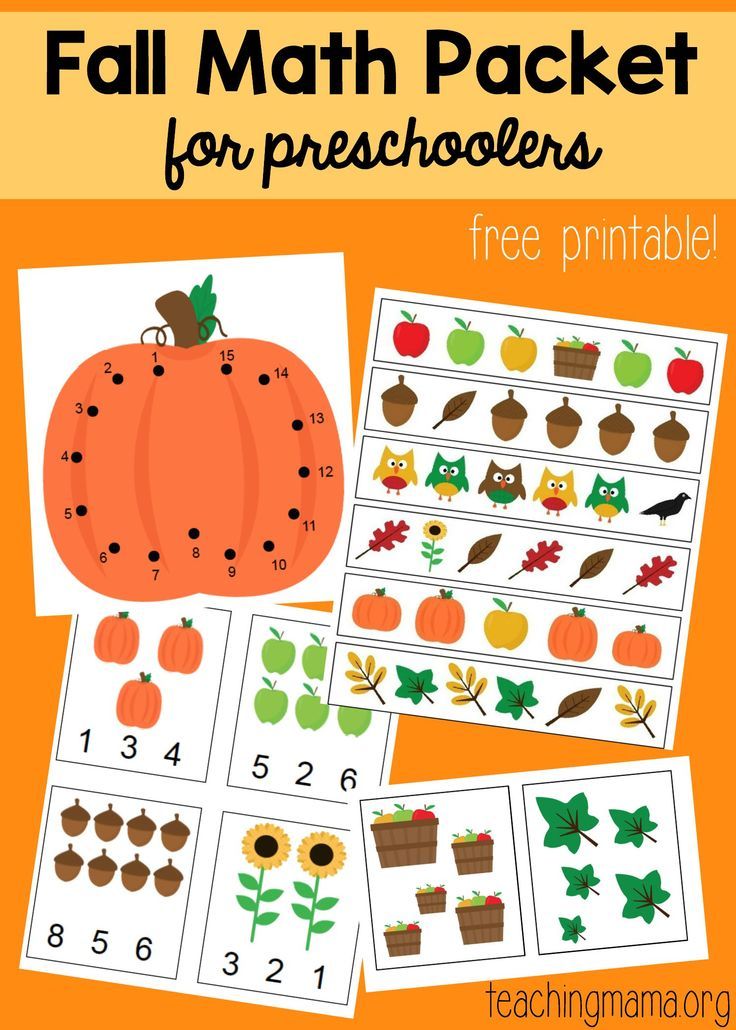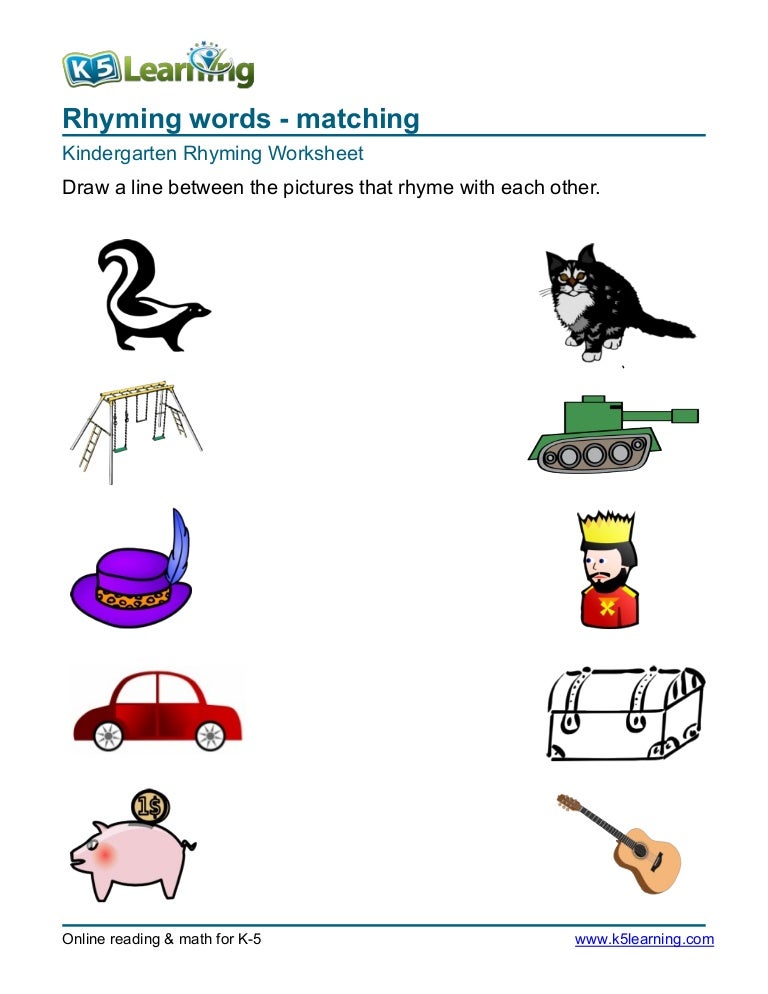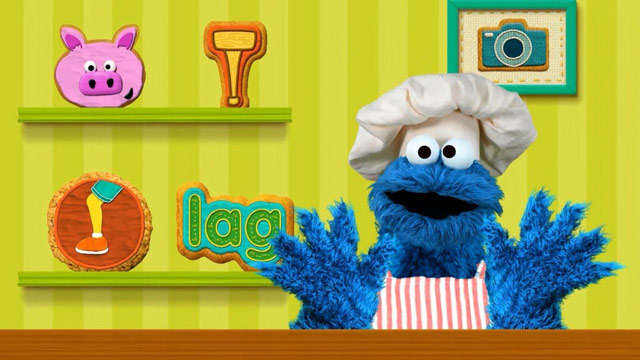Social interaction for kids
Why Social Interaction is Important For Young Children
In the early years of a child’s life, they will learn a lot—from crawling to walking, babbling to talking, and so many other things. They learn words, numbers, shapes, colors, items, people, the list goes on and on.
Your little one will learn who their parents are, who their siblings are, who their grandparents are, and who their friends are. They will begin to learn how to interact with the many different people in their life, whether it is by staring at them, showing them their favorite toy, or trying to communicate through attempted words. Young kids begin to understand that communication is key to getting anyone to understand them. When they cry, someone will take care of them. If they point at what they need they will most likely receive it. And eventually they will learn how to talk and communicate with people more effectively.
It is amazing how much youngsters learn in the first few years of their life. They are able to learn most of this from observing. But social interaction is one thing that they can learn from by experiencing it for themselves. There is a lot that can be learned from social interaction, and children can learn these things from observing others interacting with each other. Children need social interaction to develop their social skills.
Social interaction is important for young children. When they are young, they will be able to learn from social experiences and develop different social skills based on those interactions. As we get older, it is hard to learn from interaction with others and change our ways. A shy person is not going to suddenly change their ways and stop being shy because it is hard to make new friends, they may try to be more outgoing and they may be slightly successful, but they will most likely not be the most outgoing person in the room. A child who learns how to interact with others properly will have an easier time in social settings throughout the rest of their lives.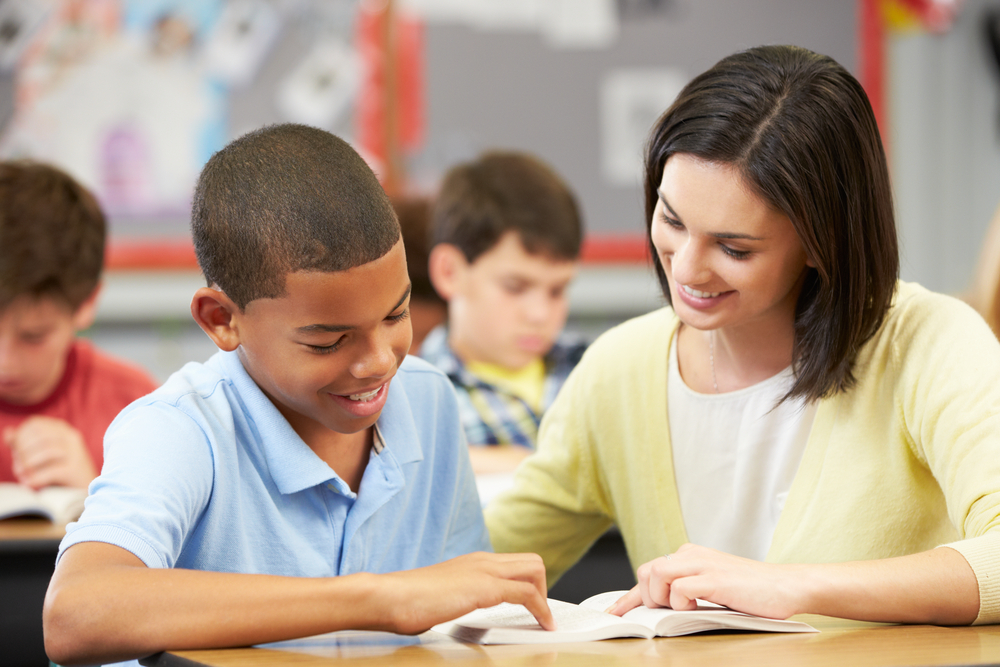
It is important for your children to interact socially, whether it is through play with their siblings, befriending neighborhood kids, or getting enrolled in an early childhood development center. An early childhood development center is a great choice because they get social interaction while learning, exploring, and growing. At Yellow Brick Road Early Childhood Development Center, your kiddos will get the best developmental education while learning and growing in a social and interactive environment.
At Yellow Brick Road, we understand the importance of allowing children to interact with others, have the chance to be independent, and explore their curiosities. We encourage our students to learn on their own and from others, while also helping them with their growth and development.
Social interaction is a huge part of our culture at Yellow Brick Road. Your kiddos will be able to interact with other kids as well as our friendly and encouraging staff. Why is social interaction so important for young kids? In this blog, we will go over some of the reasons why children need social interaction.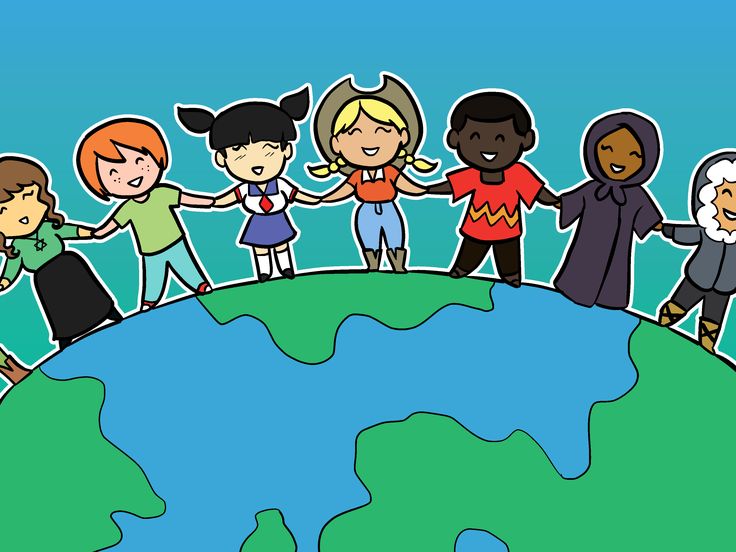
Social skills are an obvious reason why social experience is important for children. We use our social skills on a daily basis throughout our entire lives. We need to learn how to interact with others and develop the skills to do this successfully. Through social interaction we can learn how to act and react to others. We figure out how to empathize with others and see things from their perspective. This is important to do in all social interactions we have, which is why it is important to develop this skill at a young age. Kids will learn how show respect to others and how others expect them to act, and they will be able to develop different skills from these lessons. Social cues are important for everyone to learn, including your youngsters.
Communication SkillsAlong with social skills, communication skills are another important lesson that kiddos can learn through different social interaction. Communicating is another thing you do daily, so learning how to properly communicate at a young age can help throughout a child’s entire life. Kids will develop the skills to communicate with others, express their feelings, and will also gain a sense of self.
Kids will develop the skills to communicate with others, express their feelings, and will also gain a sense of self.
As your children learn and spend time at Yellow Brick Road working independently and with others, they will learn how to effectively work as a group. Teamwork is an important skill to learn, and while many adults prefer working on projects alone, teamwork is used in many different aspects of life, including parenting. Kids will learn how to communicate their ideas, how to compromise, that sharing is necessary, and they will understand that they are working together to achieve a common goal. This also is present while playing with other children. They will have to work together for their game to work out; they may not realize they are learning, but the fact is they are gaining the ability to work effectively with others.
Different PerspectiveInteracting and playing with other children will allow your children to see the world from another person’s perspective.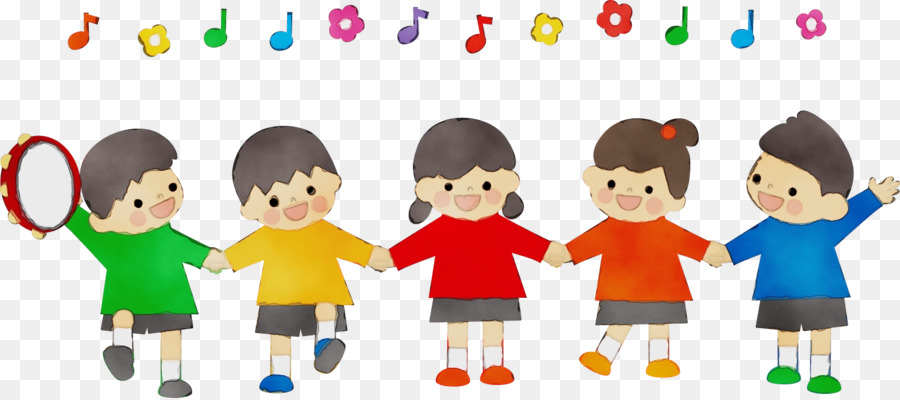 While many adults still struggle with this, your children will learn the basics as they listen to other kids’ ideas and what their imagination can come up with. Two kids playing pretend can be a pretty magical thing. Next thing you know they will be battling dragons on top of the world’s tallest tree while they wait for the help of the noble unicorns. You never know, maybe adults can learn a thing or two about perspective and imagination from kids. As your children gain the ability to see things through a different person’s point of view they are more likely to be able to understand their responses and respond better themselves in different situations.
While many adults still struggle with this, your children will learn the basics as they listen to other kids’ ideas and what their imagination can come up with. Two kids playing pretend can be a pretty magical thing. Next thing you know they will be battling dragons on top of the world’s tallest tree while they wait for the help of the noble unicorns. You never know, maybe adults can learn a thing or two about perspective and imagination from kids. As your children gain the ability to see things through a different person’s point of view they are more likely to be able to understand their responses and respond better themselves in different situations.
This is another great reason to encourage your children to socially interact with others. Friendships are a special thing, but for children, especially at school, friendships offer them a sense of belonging and allow them to develop a self-esteem. Children need friendships throughout school to help them feel like they are part of a group and are liked.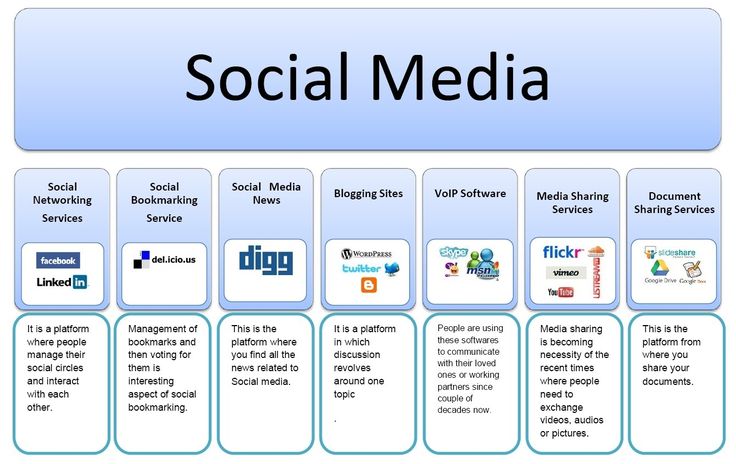 They will feel more confident if they have friends, and this could also help them be more outgoing. Building friendship will also help to further develop their social skills, understanding of social cues, communication skills, and ability to work with others. If they fight, they will learn how to deal with issues better and figure out how to handle this tricky situation.
They will feel more confident if they have friends, and this could also help them be more outgoing. Building friendship will also help to further develop their social skills, understanding of social cues, communication skills, and ability to work with others. If they fight, they will learn how to deal with issues better and figure out how to handle this tricky situation.
Social interaction is important for kids. They learn, develop, and grow a lot from being around others and having social experiences. Allowing your children and encouraging them to be more social and have social interactions can help them to develop these important life skills. At Yellow Brick Road, your children will get plenty of social interaction, both with other kids and our staff. They will also have time to work independently and explore what interests them.
At Yellow Brick Road, we work hard to give your children the education they need to learn and develop the important skills they will need throughout life. Enroll your kiddos today and help them experience more social interactions and develop these important skills. Contact us with any questions you may have.
Enroll your kiddos today and help them experience more social interactions and develop these important skills. Contact us with any questions you may have.
Conversation and social skills
Children communicate from birth, and social interaction is a key purpose of language learning.
Most children are innately social, creative and motivated to exchange ideas, thoughts, questions and feelings … [They use] gestures, movement, visual and non verbal cues, sounds, language and assisted communication to engage and develop relationships…
- VEYLDF (2016)
As children develop, they use verbal and nonverbal communication for a range of purposes including showing, sharing, commenting, questioning, requesting (and more).
Through opportunities to observe and participate in social situations, children learn how conversation (and social interaction) works. These important social rules and skills enable children to communicate with others in more sophisticated ways.
Thus, the development of conversation and social skills is dependent upon opportunities for children to interact with peers and adults, as part of supportive and enriching experiences.
Children use nonverbal (including eye gaze, gestures) and verbal communication (including speech, vocabulary, and grammar) to engage in conversation and social interaction:
Children’s wellbeing, identity, sense of agency and capacity to make friends is connected to the development of communication skills, and strongly linked to their capacity to express feelings and thoughts, and to be understood.
- VEYLDF (2016)
By planning experiences with a focus on conversation and social skills, educators can promote positive interaction and communication. This can help children to successfully communicate their wants and needs, and nurture meaningful relationships with peers.
The following ages and stages are a guide that reflects broad developmental norms, but does not limit the expectations for every child (see VEYLDF Practice Principle: High expectations for every child).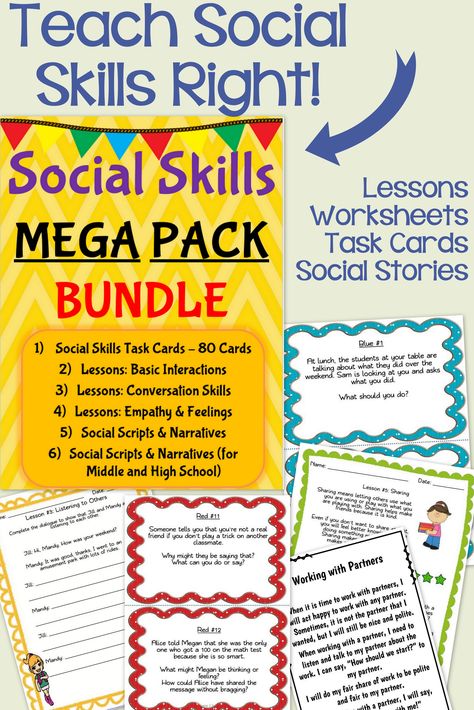 It is always important to understand children’s development as a continuum of growth, irrespective of their age.
It is always important to understand children’s development as a continuum of growth, irrespective of their age.
Early communicators (birth - 18 months)
- communicate mainly with gestures, vocalisations, and facial expressions
- from 8 months, start to use gestures/vocalisations/eye gaze for:
- requesting
- refusing
- commenting
- communicative games (e.g. peek-a-boo)
- calling to get attention
- requesting
Early language users (12 - 36 months)
From 12 months, start to use words as well as nonverbal communication for:
- expressing feelings, like ‘look! doggie!’
- requesting, like ‘Up!’ or ‘bottle’ (with gestures)
- refusing, like ’no apple!’
- commenting, like ‘ball!’ or ‘big ball!’
From 18 months:
- requesting information, like ‘what this?’
- answering questions, like Educator: ‘Do you like the sand?’ Child: (nods) ‘Yeah!’
From 24 months:
- start to use “please”
- begin to stay on one topic of conversation
- take multiple turns in a conversation
- request repetition if they do not understand
Language and emergent literacy learners (30 - 60 months)
- take longer turns in conversation
- begin to understand and use “politeness”, when expected by adults
- begin to communicate their wants and needs more clearly (may start to ask for permission)
- may use language for jokes or teasing
- will engage in longer conversations (4-5 turns)
From 42 months, begin to use language to:
- report on past events
- reason
- predict
- express empathy
- keep interactions going
Children’s learning of social skills can be powerful additions in their communicative toolkit. When children can communicate their wants and needs, it facilitates their ability to get along with others. Thus, social skills are closely linked to children’s language development. They also have links to children’s wellbeing, identity, and emotional development (see VEYLDF, 2016).
When children can communicate their wants and needs, it facilitates their ability to get along with others. Thus, social skills are closely linked to children’s language development. They also have links to children’s wellbeing, identity, and emotional development (see VEYLDF, 2016).
Some key social skills that children develop include:
Greetings and farewells
- starts with eye contact, smiling, and eventually a waving gesture
- phrases like: ‘Hello’, ‘Hi’, ‘How are you?’ ‘I am well, thank you’ and ‘Bye’, ‘Goodbye’, ‘See you tomorrow!’, ‘Have a nice weekend!’
- important for maintaining relationship and starting/ending interactions productively.
Children’s greetings and farewells begins with
gestures and develops into words and phrases.
Photo: Brian
Commenting
- begins with eye contact, pointing, vocalisation, and then single words
- provides a starting point for joint attention, with phrases like: ‘Look at the …’ ‘I like …’ ‘What a nice …’
- develops into more sophisticated comments like ‘I have a doll like this at my house’, ‘The hat you chose today is very bright!’
- provides opportunities to start and maintain conversations
- can be used to stay on a conversation topic, or change topics
- children share their interests; and show interest in what others are doing/saying.

Requesting
- begins with eye contact, grabbing/pointing/”up” gestures, vocalisations, and then single words
- requests can be for food/drink, ‘more’, ‘again’, wanting a turn
- develops into requesting help, and asking for permission
- eventually involves using ‘please’ and ‘thank you’ when these are reinforced.
Joining in
- knowing when and how to join groups/games/conversations
- initially using eye contact, gestures, vocalisations, and single words to join in play
- eventually using requests like: ‘Can I play?’; or general openers like ‘What are you doing?’
Sharing
- sharing toys, space, turns etc.
- from a developmental perspective, sharing is not expected to be easy for young children
- providing modelling and reminders of how to share is important
- allowing children the freedom to play independently (and not having to share) is also important sometimes
- eventually, sharing is an important social skill linked to the emotional competencies like empathy and taking others’ perspectives.
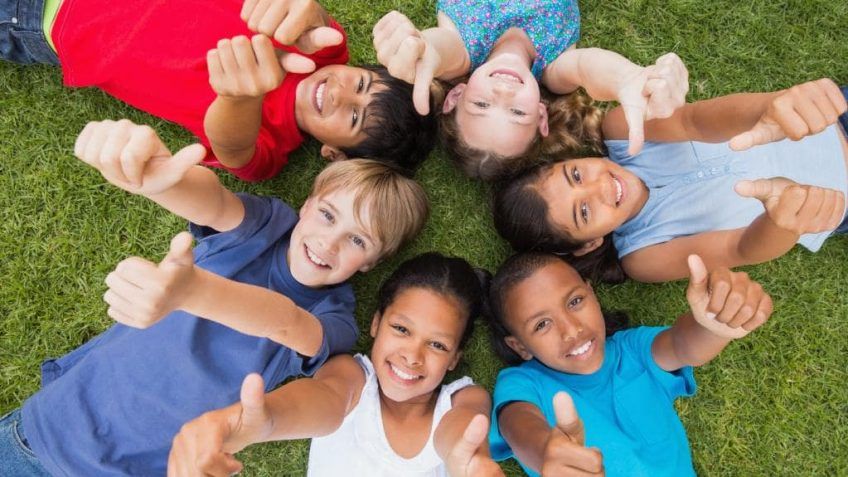
Negotiating
- managing disagreements and coming to solutions>
- this involves taking the perspective of another child, which is developmentally challenging, and is typically easier later in childhood<
- mostly scaffolded by adults during early childhood
- relates to notions of agency, identity, and how we understand the view of others (empathy)
- in older children, is an important social skill, so that children learn to reach compromises independently.
Complimenting
- develops later in early childhood, involving children providing comments which have a positive impact on others
- is modelled and facilitated by educators
- is linked to empathy and socio-emotional awareness.
Topics
Every conversation has a topic. A go-to conversational topic for adults is the weather! For children, topics usually come from their experiences of the everyday world around them (e.g. people, food, drink, toys, pets, games, sand, transport, animals, paint etc. ).
).
It is important to expose children of all ages to more abstract topics (e.g. emotions, sustainability, culture). However, we only start to expect children to contribute ideas and actively engage in conversations about more abstract topics when children are older (~3 or 4 years old).
Educators can use their observations of children’s interests and communication to help choose particular conversational topics. These conversations can also be linked to learning themes (e.g. relationships, the environment, animals, family etc).
Children’s conversational topics start with theeveryday, and become more sophisticated and
abstract as they grow and develop their
language skills. Photo: Lars Ploughmann
Turns
Conversations are similar to a tennis game — one speaker has a turn, then the other speaker has a turn. So, conversations are simply turns going back-and-forth between speakers, usually staying on a particular topic.
Like in tennis, some turns might be longer than others, like when a speaker talks about something they know for a number of sentences in a row. In a good conversation, all speakers do a similar amount of speaking and listening.
In a good conversation, all speakers do a similar amount of speaking and listening.
The turns children make are initially very short (a gesture, eye gaze, vocalisation, or a single word). These turns develop into phrases, sentences, and longer stretches of language.
Playing in ways that encourages back-and-forth turn-taking with children (using a physical or vocal game) is a great way to get ready for conversational turn-taking.
Listening and empathy
Being a good conversationalist is as much about listening, as it is about speaking. Listening is also closely linked to the development of empathy, as we need to listen to others to understand their perspectives.
We can scaffold children’s interest and concentration on other people’s ideas/conversational turns by:
- by modelling good listening, ourselves
- reminding children of what others’ have said, and what their ideas were
- playing listening/memory games
- praising children when they demonstrate good listening and empathy.

As children learn how to listen to others it
develops their empathy and fosters
meaningful friendships. Photo: Nithi Anand
Nonverbal communication
Communication is not just about the words we use. Our nonverbal language can often say a lot more than our actual choice of words! Below are some important types of nonverbal communication.
Prosody (loudness, pitch, and speed that we speak)
- different volumes and speaking rates are appropriate depending on the context
- for example outside versus inside; naptime versus storytime versus playtime.
Facial expressions and eye contact
- shows emotions and interests
- can be used to interpret people’s frame of mind
- important for demonstrating you are listening and interested.
Body language and gestures
- gestures (including showing and requesting) communicate much of children’s intentions
- the way we face our bodies towards others, or use our arms and hands during conversation can also communicate our thinking.
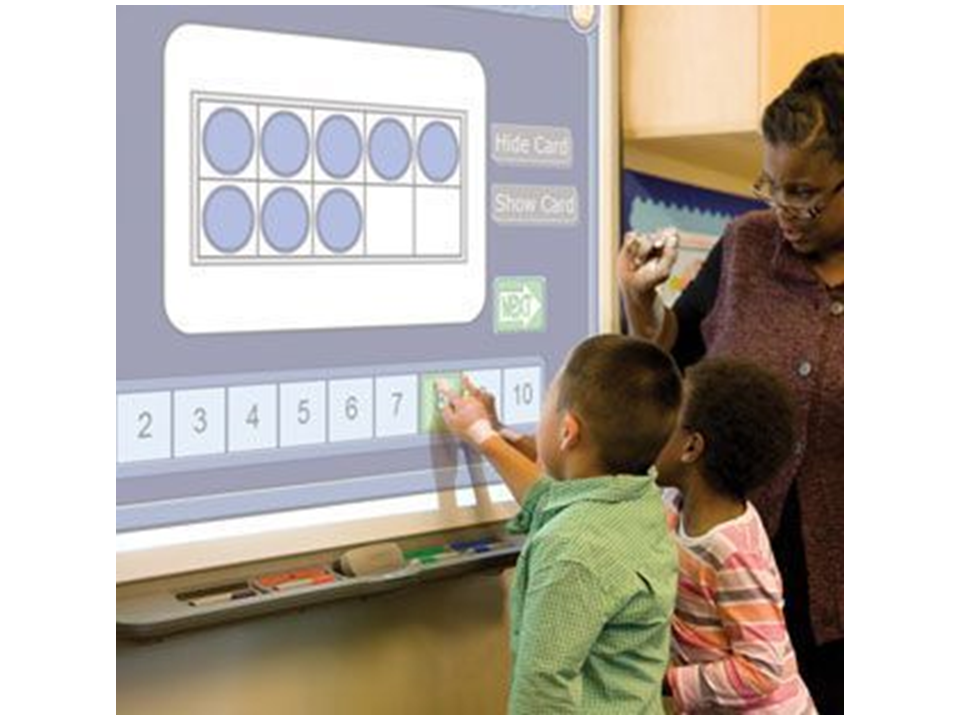
Maintaining conversations
Topic maintenance is the ability for children to stay on a particular topic for several turns in a conversation. This develops gradually in early childhood, with the number of turns on a given topic typically increasing with age (Paul, Norbury, Gosse, 2017):
- up to 24 months: usually 1-2 turns
- 24-42 months: approximately 2-3 turns
- 42 months onwards: approximately 4-5 turns.
Educators can support children’s topic maintenance by scaffolding conversations on particular topics (e.g. ‘Wow, look at the …’, ‘What was your favourite part, [child’s name]?’, ‘What do you think about this?’
When interacting with others, there are certain social and conversational rules and conventions specific to certain cultures. These rules are known as pragmatics, and are thought of as the “use” component of oral language (Bloom & Lahey, 1978).
According to Halliday (1975), children are motivated to develop language because of the different functions it serves for them (i.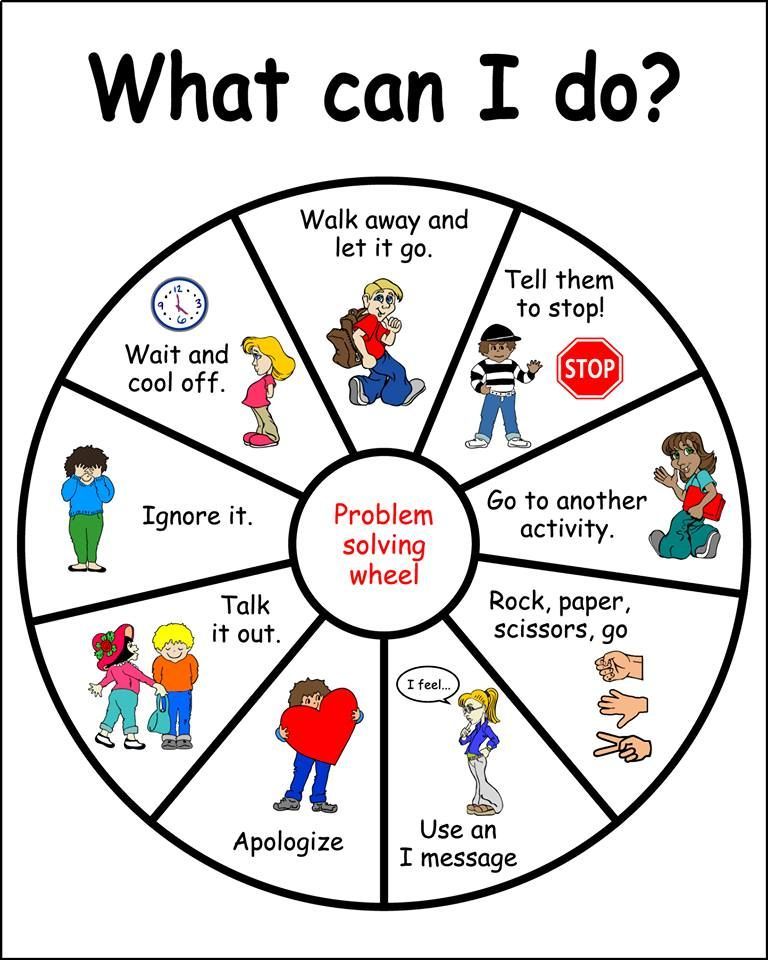 e., learning language is learning how to make meaning). He identified seven functions of language that help children to meet their physical, emotional and social needs in the early years. The functions enable children to use language to meet their physical needs, regulate other’s behaviour, express feelings, and interact with others. As children get older the language functions become more abstract and enable interaction within the child’s environment.
e., learning language is learning how to make meaning). He identified seven functions of language that help children to meet their physical, emotional and social needs in the early years. The functions enable children to use language to meet their physical needs, regulate other’s behaviour, express feelings, and interact with others. As children get older the language functions become more abstract and enable interaction within the child’s environment.
Studies show that children are born ready to make meaning out of a wide range of sounds, but their language development requires conversations with more-knowledgeable speakers who listen and model appropriate language.
Children do not learn language by imitation. They learn to talk by talking to people who talk to them; people who make efforts to understand what they are trying to say.- Raban, (2014, p.1)
According to the sociocultural theories of language development (Vygotsky, Bruner), children learn through interactions with more knowledgeable peers.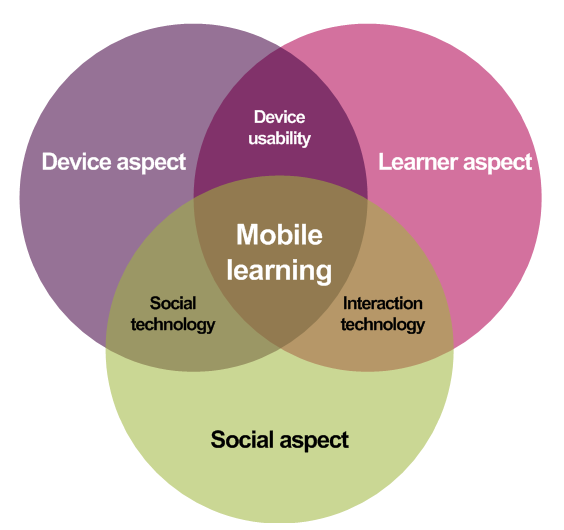 Conversation and social skills are best supported through meaningful interactions with peers and adults.
Conversation and social skills are best supported through meaningful interactions with peers and adults.
Children learn with their peers, sharing their feelings and thoughts about learning with others. They begin to understand that listening to the responses of others can help them understand and make new meaning of experiences.
- VEYLDF 2016
When you choose conversation and social skills as a learning focus, you provide children with opportunities to develop meaningful relationships with their peers, educators, and families.
Adults’ positive engagements with children promote emotional security, children’s sense of belonging, cultural and conceptual understandings and language and communication. Positive, respectful engagement also teaches children how to form strong bonds and friendships with others.
- VEYLDF 2016
The ability for children to interact with others successfully—by managing their emotions and behaviours—links to progress in a range of developmental areas in early childhood(Mashburn et al. , 2008). Success with social skills is strongly linked to the emergence of self-identity, sense of wellbeing, as well as social/academic progress in early primary school (e.g. Webster-Stratton & Reid, 2004).
, 2008). Success with social skills is strongly linked to the emergence of self-identity, sense of wellbeing, as well as social/academic progress in early primary school (e.g. Webster-Stratton & Reid, 2004).
Children’s development of conversation and social skills is best supported when engaged in meaningful, sustained, and rich language experiences. Studies show that children’s social skills are best supported when educators are cued into children’s emotional/social needs (Mashburn et al., 2008)
- Victorian Early Years Learning and Development Framework (2016)
- VEYLDF Illustrative maps
Outcome 1: identity
Children feel safe, secure and supported
- build secure attachment with one and then more familiar educators
- establish and maintain respectful, trusting relationships with other children and educators
- openly express their feelings and ideas in their interactions with others
- respond to ideas and suggestions from others
- initiate interactions and conversations with trusted educators
- confidently explore and engage with social and physical environments through relationships and play.

Children develop their emerging autonomy, inter-dependence, resilience and sense of agency
- increasingly cooperate and work collaboratively with others
- begin to initiate negotiating and sharing behaviours.
Children learn to interact in relation to others with care, empathy and respect
- show interest in other children and being part of a group
- express a wide range of emotions, thoughts and views constructively
- empathise with and express concern for others
- reflect on their actions and consider consequences for others.
Outcome 2: community
Children develop a sense of belonging to groups and communities and an understanding of the reciprocal rights and responsibilities necessary for active civic participation
- cooperate with others and negotiate roles and relationships in play episodes and group experiences
- take action to assist other children to participate in social groups
- build on their own social experiences to explore other ways of being
- participate in reciprocal relationships
- gradually learn to ‘read’ the behaviours of others and respond appropriately
- are playful and respond positively to others, reaching out for company and friendship
- contribute to democratic decision-making about matters that affect them.
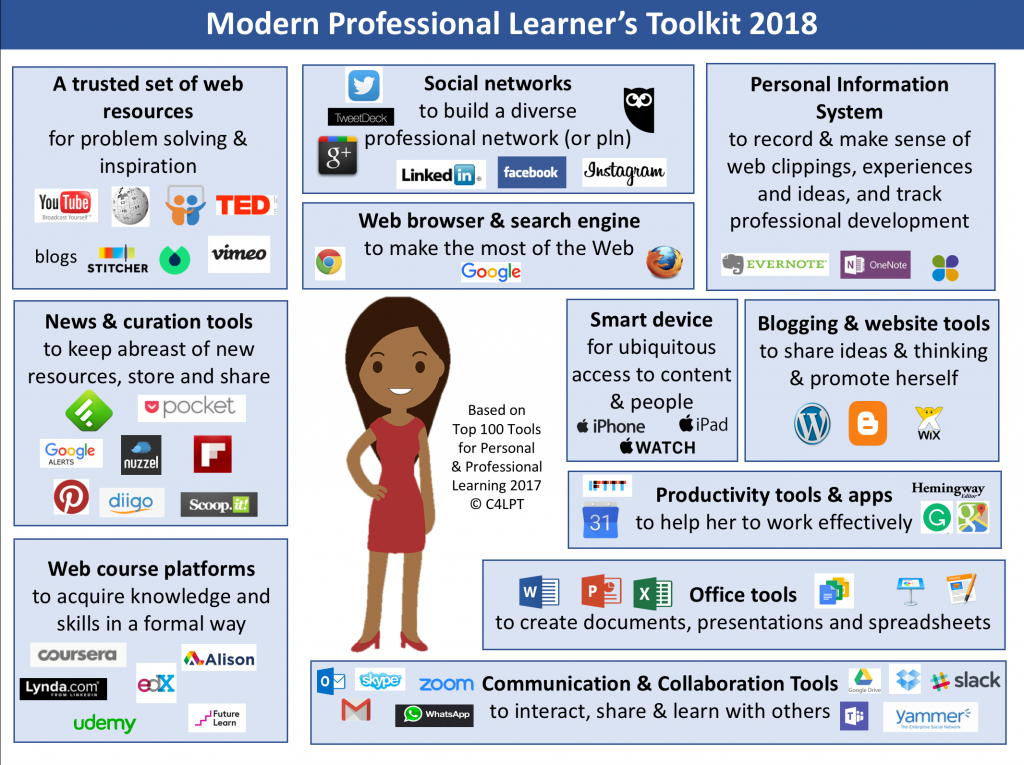
Outcome 3: wellbeing
Children become strong in their social, emotional and spiritual wellbeing
- remain accessible to others at times of distress, confusion and frustration
- share humour, happiness and satisfaction
- increasingly cooperate and work collaboratively with others
- show an increasing capacity to understand, self-regulate and manage their emotions in ways that reflect the feelings and needs of others.
Outcome 4: learning
Children resource their own learning through connecting with people, place, technologies and natural and processed materials
- engage in learning relationships
- experience the benefits and pleasures of shared learning exploration.
Outcome 5: communication
Children interact verbally and non-verbally with others for a range of purposes
- interact with others, express ideas and feelings and understand and respect the perspectives of others
- explore ideas and concepts, clarify and challenge thinking, negotiate and share new understandings
- express ideas and feelings and understand and respect the perspectives of others.
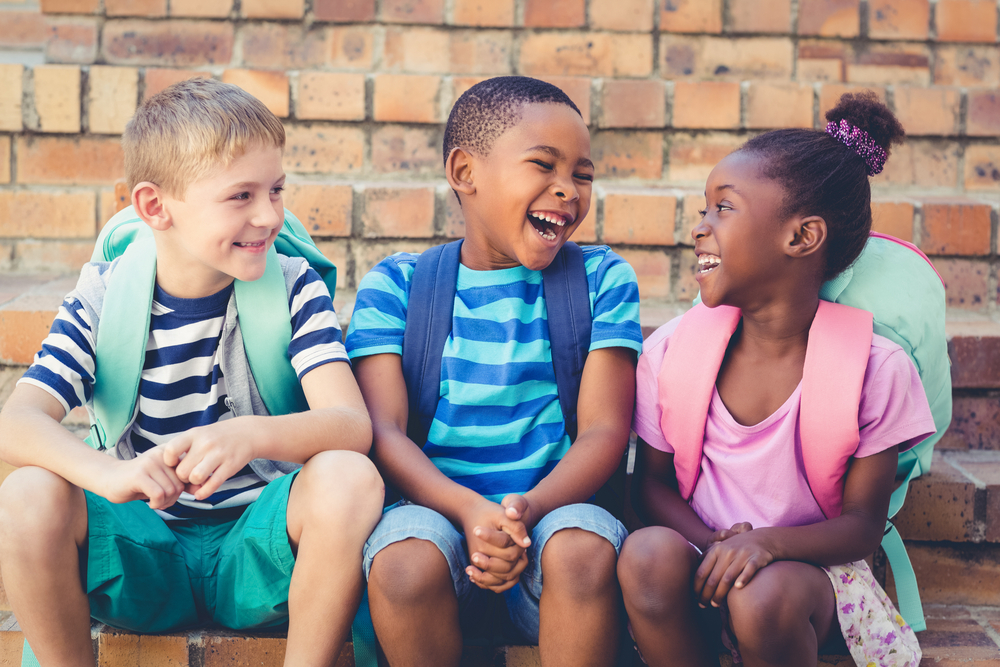
Modelling conversation and social skills
- use every interaction with children as an opportunity to demonstrate positive conversation and social skills
- encouraging turn taking in everyday activities through nonverbal turn-taking opportunities games (e.g. rolling ball back and forth, each having a turn during a construction or cooking experience)
- turn taking should involve multiple back-and-forth exchanges
- remember that children learn how to communicate by observing adults’ and older peers
- show how conversational topics can be maintained, and what good listening/empathy looks like
Setting up opportunities for social interaction
- set up experiences and spaces that encourage interaction between small groups of children and with adults
- see the following teaching practices for ideas: play, sociodramatic play, fine arts, performing arts, as well as storytelling, reading/writing with children, and language in everyday situations
- use every experience and daily routine as an opportunity to develop conversation and social skills
- use engaging materials that allow for individual and shared play
- play games with children that involve turn-taking, sharing, and team work
Experience plans and videos
For age groups (birth - 12 months)
- Bathing Babies
- Developing Conversation and Social Skills
- Getting Along with Others
- Making Meaning through Play
Early language users (12-36 months)
- Bathing Babies
- Developing Conversation and Social Skills
- Getting Along with Others
- Making Meaning through Play
- Walk and Talk
- Worm Farm: Discussion around Texts
Language and emergent literacy learners (30 - 60 months)
- Getting Along with Others
- Journey to Healesville: Learning through Drama
- Print in Sociodramatic Play
- Worm Farm: Discussion around Texts
Bruner, J. (1986). Actual minds, possible worlds. Cambridge, MA: Harvard University Press.
(1986). Actual minds, possible worlds. Cambridge, MA: Harvard University Press.
Halliday, M. A. (1975). Learning How to Mean. London: Edward Arnold.
Mashburn, A. J., Pianta, R. C., Hamre, B. K., Downer, J. T., Barbarin, O. A., Bryant, D., … Howes, C. (2008). Measures of classroom quality in prekindergarten and children’s development of academic, language, and social skills. Child Development, 79(3), 732–749.
Paul, R., Norbury, C., Gosse, C. (2017) Language disorders from infancy through adolescence: Listening, speaking, reading, writing, and communicating (5th Ed.). Maryland Heights, MO: Mosby.
Raban, B. (2014). Talk to think, learn and teach (pdf - 1.14mb). Journal of Reading Recovery, Spring 2014, 1-11.
Victorian State Government Department of Education and Training (2016) Victorian early years learning and development framework (VEYLDF).Retrieved 3 March 2018.
Victorian Curriculum and Assessment Authority (2016) Illustrative Maps from the VEYLDF to the Victorian Curriculum F–10. Retrieved 3 March 2018.
Retrieved 3 March 2018.
Webster-Stratton, C., & Reid, M. J. (2004). Strengthening social and emotional competence in young children-The foundation for early school readiness and success: Incredible Years classroom social skills and problem-solving curriculum. Infants & Young Children, 17(2), 96–113.
Social interaction of children: search for hot spots
Top menu
Main menu
preschoolers Education and training of preschool children
We advise you to look
YOU MUST ENABLED JS
- Material Information
- Preschool Psychology
- Views: 4504
Material content
- Children's Social Interaction: Finding Hot Spots
- Social behavior of the child
- Stable behavioral if-then signatures
- Self-control weakens aggressive tendencies
- Graphical display of hotspots of the if-then stress signature
- All pages
Page 1 of 5
Vediko is a summer recreation camp in the New England countryside.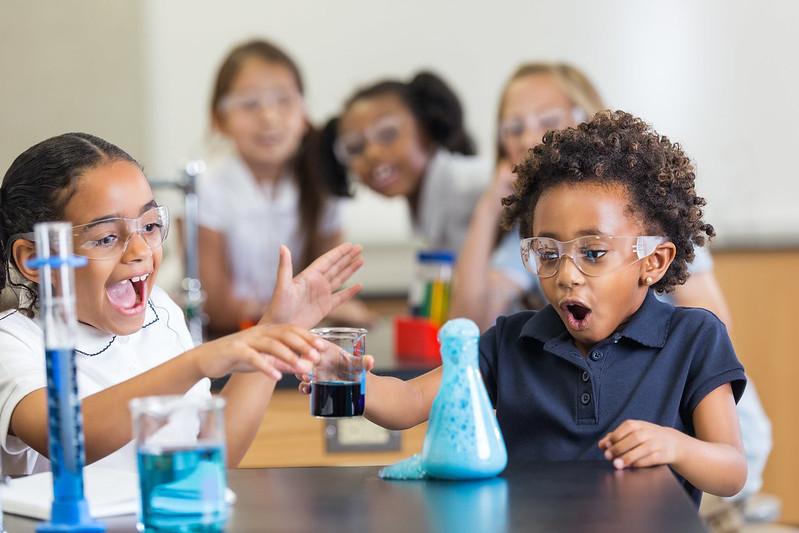 In this camp, children aged 7-17 lived for six weeks in summer wooden houses.
In this camp, children aged 7-17 lived for six weeks in summer wooden houses.
They lived in small same-sex peer groups with five adult counselor caregivers. Children were enrolled in this program because of serious problems with social adaptation who appeared at home or at school, especially aggression, alienation and depression . All children came predominantly from families living in and around Boston.
The purpose of creating a psychotherapeutic environment in the camp was to develop in children more adaptive and constructive social behavior .
In the mid-1980s, my longtime research partner Yuichi Shoda and I were given permission to conduct a major research project at the camp, with the approval of the camp staff and personally Jack Wright, who headed the research department at Vediko. Jack, Yuichi, and the research staff systematically observed the children's behavior for six weeks.
Researchers diligently but unobtrusively recorded all the child's ongoing social interactions in the camp in various conditions and activities: while staying at home, at the lakeside and in the dining room, while doing art and crafts, etc.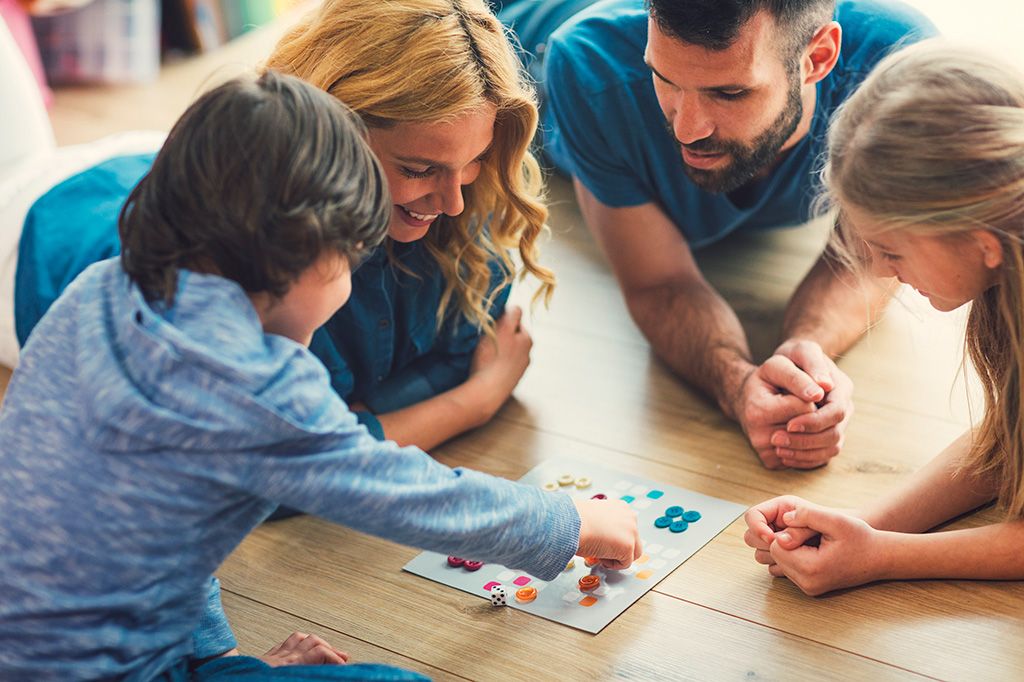 This there was extensive data collection work, and Yuichi and I collaborated extensively with Jack in planning the project and analyzing the results.
This there was extensive data collection work, and Yuichi and I collaborated extensively with Jack in planning the project and analyzing the results.
Observers recorded what each child did while interacting with other children in the same set of situations day after day throughout the summer shift. Jack, Yuichi, and I focused on analyzing the negative manifestations of the "hot" emotional system—primarily verbal and physical aggression—that brought these children to Vediko in the first place.
Strong emotions usually did not appear when children were stringing colored beads or swimming in a lake. This continued until all was well. But they became furious when one child deliberately destroyed a toy tower that another was diligently building, or responded to a friendly invitation to build a tower together with insults or rude ridicule.
To identify such "hot spots" - psychological situations that caused aggression in children , — the researchers first of all recorded what the children themselves and the educators answered to the request to describe other children in the camp.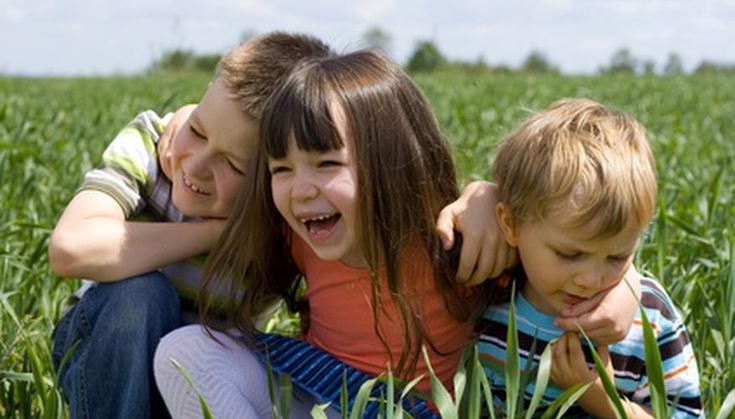 The youngest quantified the characteristics they gave to others: Joe pushing and screaming sometimes; Pete fights - all the time.
The youngest quantified the characteristics they gave to others: Joe pushing and screaming sometimes; Pete fights - all the time.
However, the descriptions given by counselors and older children became more conventional and contextualized in specific types of interpersonal situations that generated emotional outbursts—in "hot spots" that caused sensory distress. “Joe always loses his temper” might have been the first statement, but after a few other general phrases, the children began to specify the types of “hot” provocative situations: “If other children start laughing at him because of his glasses” or “If he is expelled from the game".
Based on these descriptions, the research team observed what each child did over and over again during social interaction at the camp.
Five types of such situations were identified: three negative (“the peer teased, provoked or threatened”, “the adult warned” and “the adult punished by “exclusion from the process””) and two positive (“the adult praised” and “the peer behaved friendly” ).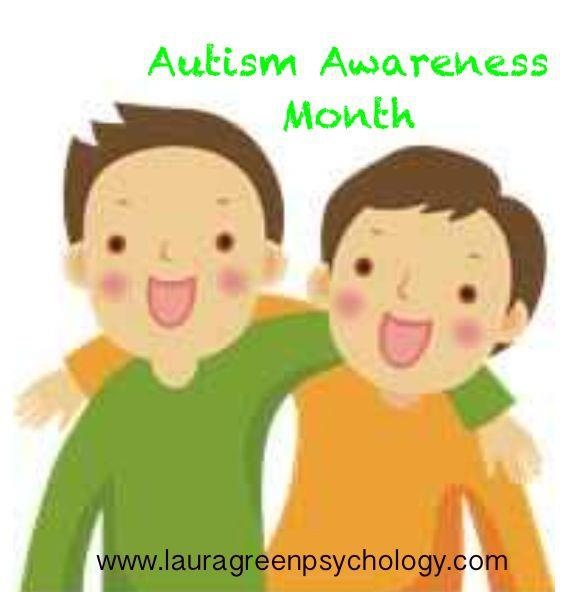
- Forward
- Back
- Forward
YOU MUST ENABLED JS
Social interaction and autism -
“Communication is the most important functional skill that can be taught to any child, including children with autism. Once a child has been diagnosed with autism, it is helpful to start an intervention using ADC (Alternative and Complementary Communication). Do not wait until the child develops speech to start using ADC after that.
Typically, a developing child learns to communicate by immersing himself in an environment in which other people use language to speak to him and speak in his presence. He chooses the words he wants to use from the huge array he hears. The same applies to children who are learning an alternative form of communication.
There are many symbol systems available, which can be represented as a lighting version (on paper) or a high-tech version (technology-based).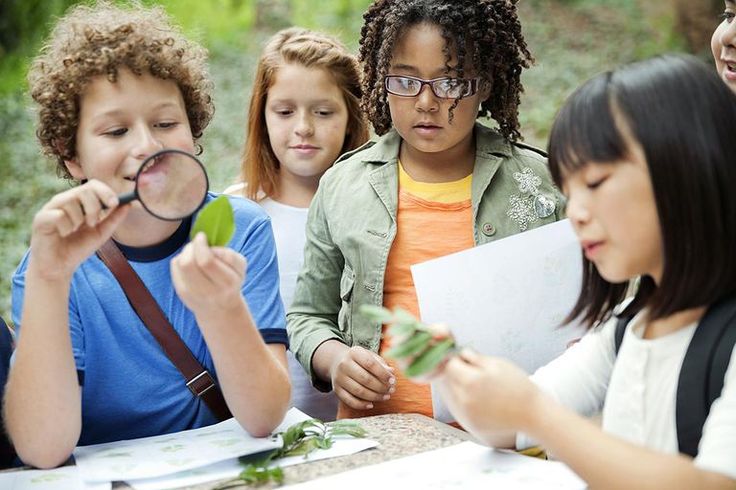 It is important that any use of a high-tech system has a low-tech back-up to ensure symbols are available at all times.
It is important that any use of a high-tech system has a low-tech back-up to ensure symbols are available at all times.
Modeling is a key step to developing functional communication skills. This happens when adults and peers use the ADC system, pointing to symbols while talking to the child.”
Rosie Clark
Social description
Can your child use additional information about how the situation will unfold? Sometimes it is easier for a child with autism to understand a sensation or event with additional information in a short description format. It includes a description of what might happen to the person, how they might feel about it, and how they should react.
Quick response words and phrases
Does your child need a way to get your attention? Does he have the ability to socially respond quickly and appropriately to family and friends? Having access to words that are powerful sources of motivation, such as "look" and "come here," will help your child initiate more frequent social interaction and provide support during social conversation.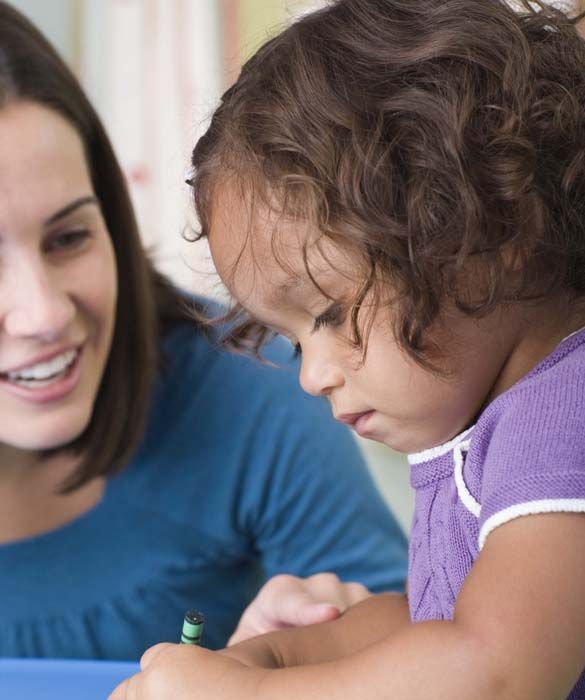
Video modeling
Some children find it helpful to see others doing a task or participating in an activity. Can you imagine a situation where you would like to use a strategy with video clips of the children themselves so that they can learn how to properly complete a task or participate in a process? Video modeling is an important strategy that gives a person a chance to imitate a model and use these skills in their own environment.
Scenarios
Is your child trying to communicate but having difficulty building a dialogue in a social situation? Scenarios will help to learn the dialogue elements on a certain topic and then allow the child to learn how to expand their abilities in the future. Scenarios also provide a way to share stories and personal information (such as vacation plans or what happened this weekend) in a well-structured format that provides the child with the right words to communicate effectively.
Social skills training
Your child may constantly struggle with social skills and need extra support to develop these skills.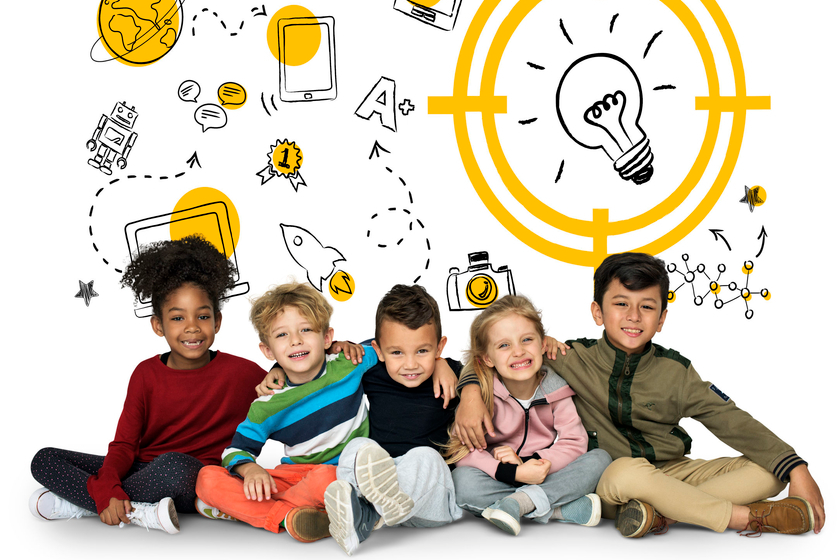 In such situations, access to a fun, easy-to-use, and stimulating program for children with social learning difficulties can help. Training in this area should improve the important social-emotional skills of students who need to successfully navigate the social world.
In such situations, access to a fun, easy-to-use, and stimulating program for children with social learning difficulties can help. Training in this area should improve the important social-emotional skills of students who need to successfully navigate the social world.
Personal photos and messages
Do you find your child is more engaged and interested when they view photos and messages that are related to real people and things? Of course! It's important to have a system that can be individually tailored for photos and messages to give your child a strong motivation to interact!
Extensive theme library
Not everyone wants to discuss the same things. You may have noticed that your child is more likely to communicate when he is doing something motivating. It's important to have a system that provides a rich library of topics that includes the things that matter most to your child, and that doesn't ask him to discuss issues that aren't important to him.


